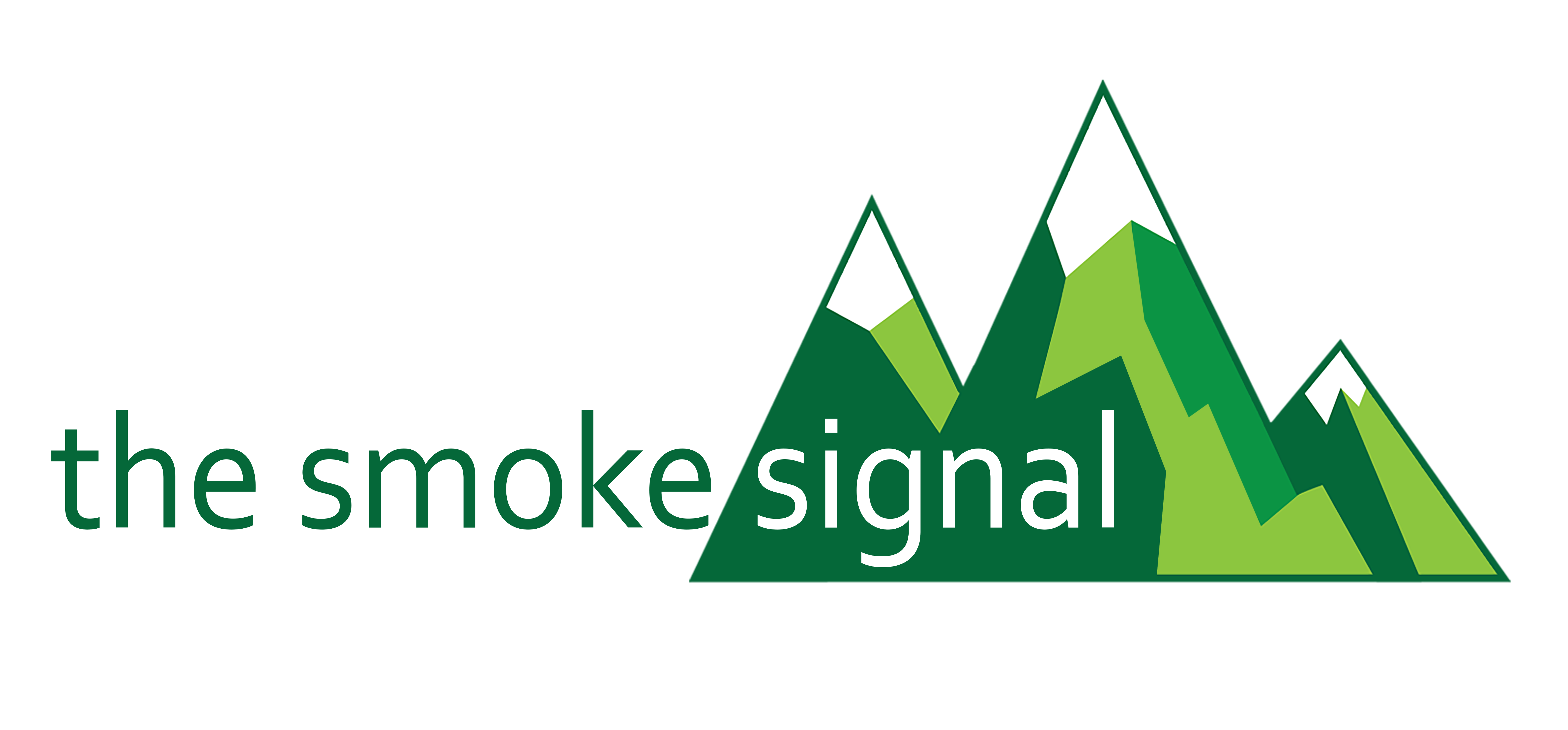
*Corrected Text September 28 at 10:30 a.m.*
by Web Editor Mahek Bhora & Staff Writer Sakshi Umrotkar
With social media’s enormous potential to connect people worldwide, minorities have been able to open up discussion about diversity in their academic communities. Recently, Emerson College undergraduate student Morgan Harris used Twitter to share an email exchange with her professor about the diversity of the books in his syllabus. When asked about the lack of diversity in his syllabus, Harris’ professor replied that he didn’t believe the authors in his reading list had to be Black to write about Black culture. Their conversation raised the issue of whether authors can accurately write about cultures and ethnicities to which they don’t belong — a debate that lies at the center of the relationship between school curricula and diversity.
Exposure to different cultures through an untinted lens is vital in decreasing racial prejudice with each generation. By making changes at the grassroots level, not only will students grow up with a mindful worldview, they’ll also pass those lessons on to future generations, resulting in long-lasting reforms for equity in the treatment of all cultures. As the world becomes more culturally globalized — seeing how the diffusion of ideas between cultures all over the world is flourishing — being able to navigate through cultural nuances and respect differences is crucial.
The tweet also opened up important discussion about teacher and student accountability with syllabi’s diversity. Both students and teachers must be cognizant that the teachers and district officials designing the curricula should evaluate cultural writings’ credibility based on the authors’ educational merits as well as whether their past works are beyond the scope of their cultural backgrounds. They can’t accurately communicate the emotions that stem from the world’s views of that culture. Such nuances that can only be bred through tradition and personal experience are what make texts authentic to that culture.
For example, the Asian American experience is largely defined by parts of Asian culture that have been readily integrated into mainstream American culture. Westernized versions of food, clothing, and traditions are seen as exotic and thought to make consumers more, in colloquial terms, woke. What authors of non-Asian backgrounds may fail to translate into their writings is the ostracism Asians and Asian Americans face for the same aspects of their cultures when they are not molded to suit Western tastes.
These authors are not consciously choosing to provide readers with a lensed portrayal. It is evident that although these books are not written by members of their respective communities, some writers do approach their novels with a genuinely respectful mind. However, while they can actively do their best to write with a broad-minded perspective, there is always the subconscious threat of falling into the White Savior Complex — when white people use people of color or engage in philanthropy or charity to put on a facade of worldliness and care. Such biases distinguish cultural writings with a more condescending or pitiful tone from those with an objective, explorative one.
Even a slight shift in tone can have a detrimental effect on how readers, or in this case, students, view a certain culture and its people. While factual errors in cultural writings, as expected in any research work, can be damaging, the White Savior Complex is far more harmful to the overall perception of a culture. Not only does it falsely portray the culture as dependent on the white people, it prevents an objective and holistic look into its development of rich and dynamic complexities.
If a piece of literature is about a culture that the author themself isn’t a part of, then conducting extensive research is imperative on the author’s part along with keeping a receptive mindset towards new perspectives in the writing process. It is also crucial that both students and educators are aware of factors of subconscious biases such as the White Savior Complex that may impact the content that the writer includes in their work.
As stakeholders whose education is shaped by such curricula, students must take an active part in this constantly evolving conversation. To fulfill their own duties as meaningful contributors to campus culture, students should analyze books critically, closely evaluating the author’s tone and credibility, in addition to taking an active role in what they are being taught. They can do this by raising questions about the validity of their supplemental reading. Removing books in curricula that are close-minded or inaccurate is also a large part of contributing to campus discourse surrounding diversity. A conversation with an educator could help plant the seed for greater action such as reforms made in the quality of education surrounding cultural and racial matters.
Teachers must also realize the power they hold as the bridge between district officials and students — they are capable of pushing for change in the curriculum to provide a more socially and ethically inclusive education to the students.
Recently, the MSJ English Department has taken steps to reform the book list, making a conscious effort to have the “chosen novels… reflect our student population” English Department Co-Chair Tiffany Stelle-Billman said.
The group that evaluates the novels taught in FUSD schools is titled the English Language Arts (ELA) Curriculum Council, which is led by Director of Secondary Education Zack Larsen. Meetings for site specific re-evaluations are currently underway, and these proposals will be taken to ELA Curriculum Council in October to “see what the next steps are to move forward” Stelle-Billman said. She also added that “for now, we are putting a hold on any site specific additions to our novel lists as we are awaiting the much bigger change that will be coming in the next few months.”
The process of adopting a new novel is long and grueling in public school districts since many stakeholders and multiple meetings play a role in decision-making. However, the simple action of acknowledging a syllabus’ shortcomings or stressing that it does not do full justice to a culture can help students discern whether or not what they are learning provides the full accurate picture. To help promote such discourse in classrooms, the English Department at MSJ has started taking action to add more diversity to the curriculum. The process of creating syllabi for English courses begins at the district level. The Curriculum and Instruction Department of FUSD curates a list of approximately 800 literary supplements from which teachers can choose materials for their courses. It should be noted, however, that the number of literary supplements to choose from by Black, Indigenous, and people of color is far less than 800.
Stelle-Billman said that in addition to there being a long-term permanent plan to have more novels and material by people of color, there are smaller steps being taken for immediate implementation as well, such as “supplemental articles and shorter stories that we can find access to online, into our curriculum now, obviously by people of color … and using those to supplement the curriculum we already have in place.”
As for the vetting process on how books are chosen for the school’s reading list, Stelle-Billman explained that teachers are given a pool of about 800 books approved by FUSD that are by authors from a multitude of backgrounds. She then said that in order to constructively choose meaningful books, it’s “important that our chosen novels do reflect our student population” and they are “not just used as token chips.”
Amid the ever-changing cultural movements of the current world, it is more important than ever for the curricula to evolve as well. For a more inclusive worldview, cultural writings must be unbiased and respectful, and students and teachers must be able to think beyond what literature depicts about cultures while keeping an open mindset.
Cover Graphic by Opinion Editor Aria Lakhmani






